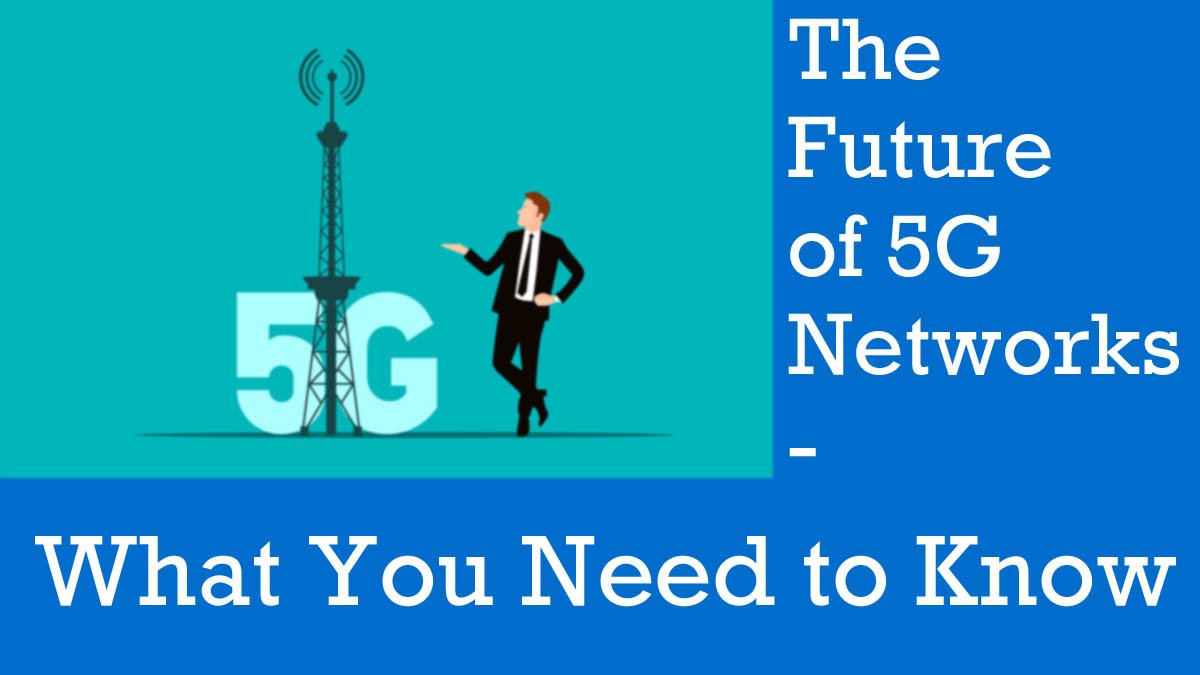The Future of 5G Networks – What You Need to Know

Introduction
The next development in mobile technology is the fifth generation (5G) of cellular networks. In comparison to the present 4G networks, the 5G network claims to be quicker, more dependable, and more effective. With quicker download rates, lower latency, and more energy efficiency, it may completely change how we use mobile devices. In this post, we’ll examine 5G in more detail and consider how it can affect our daily lives.
What is 5G?
The existing 4G networks will be replaced with 5G, which is the fifth generation of cellular networks. It promises a considerable boost in speed, latency, and energy efficiency and is based on a completely new set of technology. Compared to 4G networks, 5G networks will have a substantially greater data throughput, enabling quicker downloads, slicker streaming services, and better productivity.
The fifth generation of cellular technology, or 5G, is a new mobile standard that will increase the wireless networks’ speed, capacity, and dependability. Users will be able to enjoy quicker downloads, better definition video streaming, and more dependable connections thanks to the development of 5G. The Internet of Things (IoT), which will facilitate the development of smart cities, driverless cars, and other linked technologies, will also be significantly impacted.
Benefits of 5G
There are various advantages to 5G networks. The improved speed, which might be up to 10 times quicker than present 4G networks, is the main advantage. This translates to quicker downloads, slicker streaming, and higher levels of productivity. Furthermore, they will have considerably reduced latency, enabling connections to be more rapid. Last but not least, they would use a lot less energy, which might lower the cost of maintaining mobile networks.
Challenges to Adopting 5G
There will be difficulties with the introduction of 5G networks. The expense of upgrading current infrastructure to enable 5G networks is one of the main obstacles. Additionally, because they would be more open to attack, there are certain security issues related to them. Lastly, the absence of standards for 5G networks may make it challenging to adopt.
Availability and Rollout
Currently, 5G networks are being introduced in a few major cities throughout the world. However, it would likely take many years for them to be deployed globally. Additionally, given infrastructural and financial limitations, it’s possible that certain areas won’t have access to them.
Security Issues
5G networks raise security issues, just like any new technology does. Since they operate at higher speeds and with reduced latency, they are more susceptible to attack. A significant portion of 5G networks will use cloud-based services, which might increase security threats.
Possible Use Cases
Many new use cases could be made possible by 5G networks. The development of autonomous automobiles is one application that might benefit from their high speed and low latency. A new generation of smart products and services, including smart homes and virtual reality experiences, may also be made possible by 5G networks.
What to Expect from 5G
We anticipate that 5G networks will completely change how we utilise mobile technology. They will provide greater energy economy, higher download speeds, and less latency. A new generation of smart gadgets and services, as well as improved experiences like virtual reality, will be made possible by 5G networks as well.
Conclusion
The next generation of mobile networks, or 5G, has the potential to completely change how we interact with our mobile devices. They will provide greater energy economy, higher download speeds, and less latency. They will also make it possible for novel use cases like virtual reality and driverless vehicles.
Resources
- What is 5G? – GSMA
- 5G Security – NIST
- 5G and Its Potential Uses – The New York Times
- 5G: What to Expect – CNET




